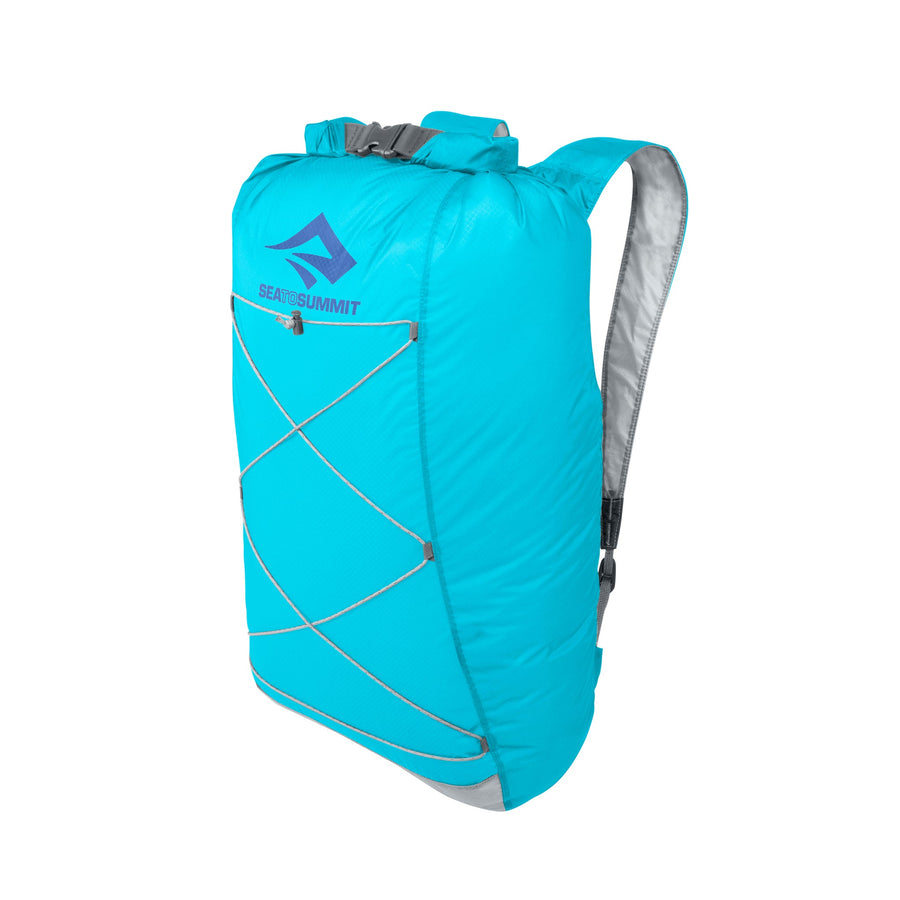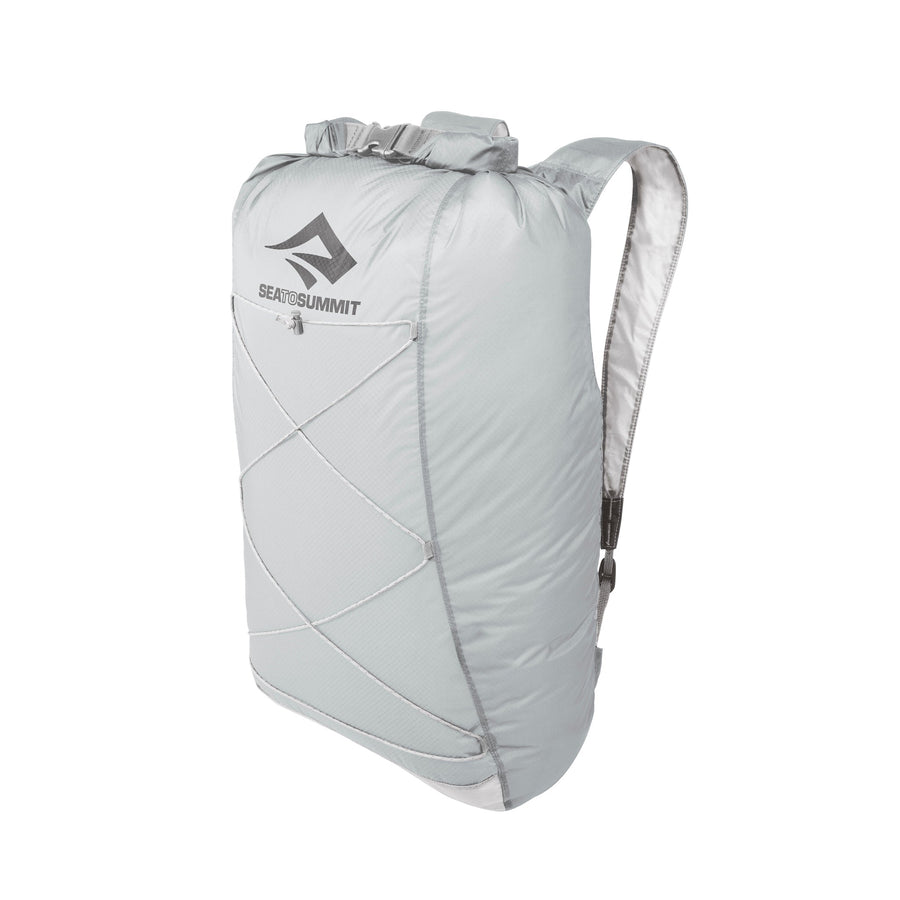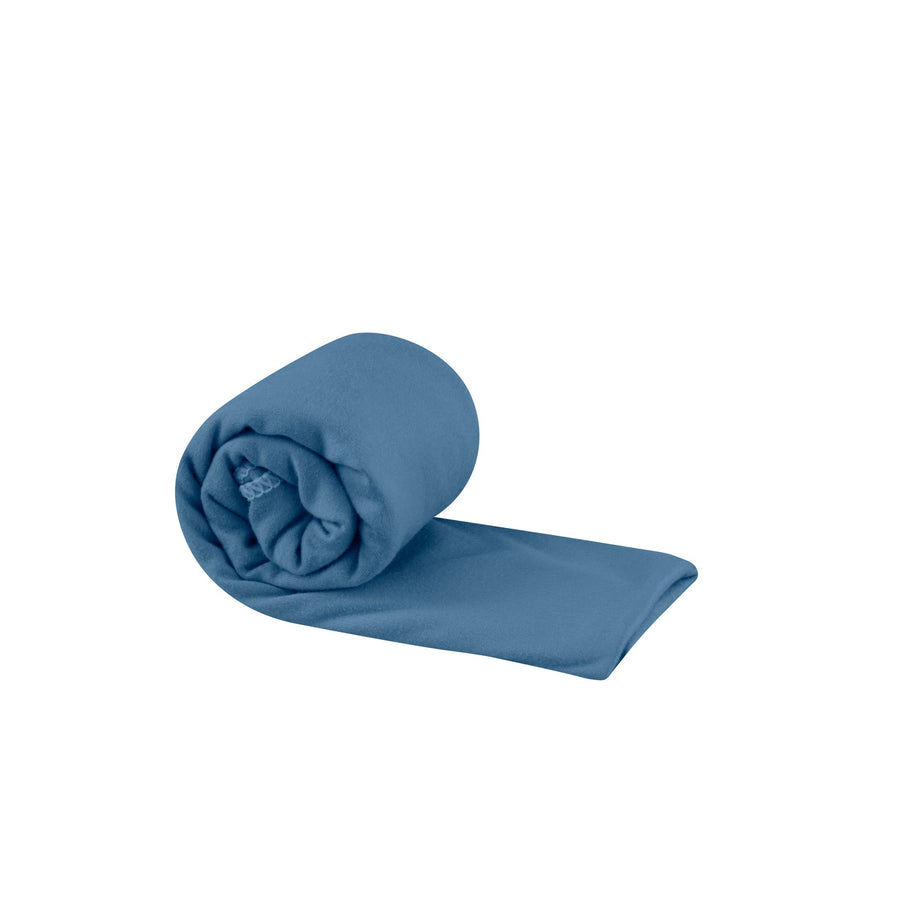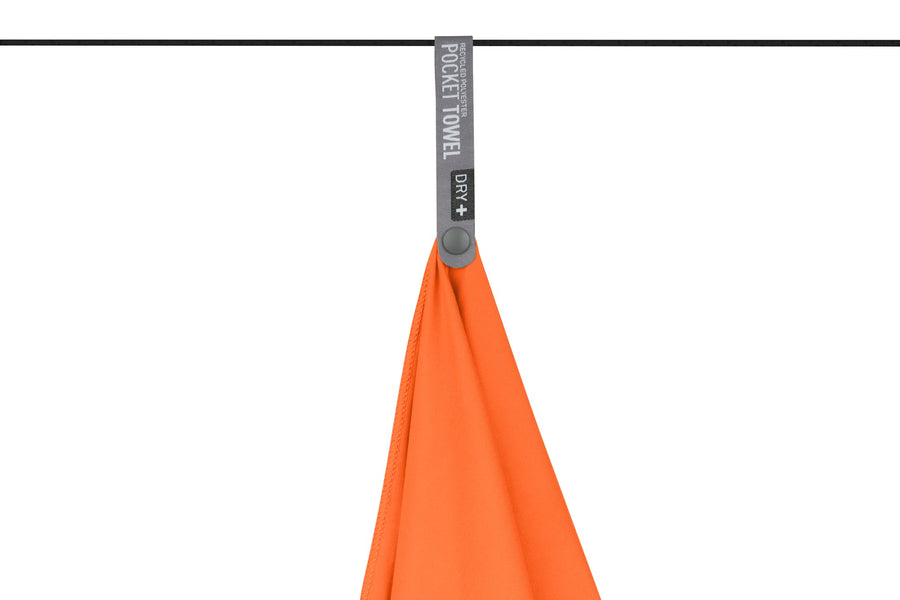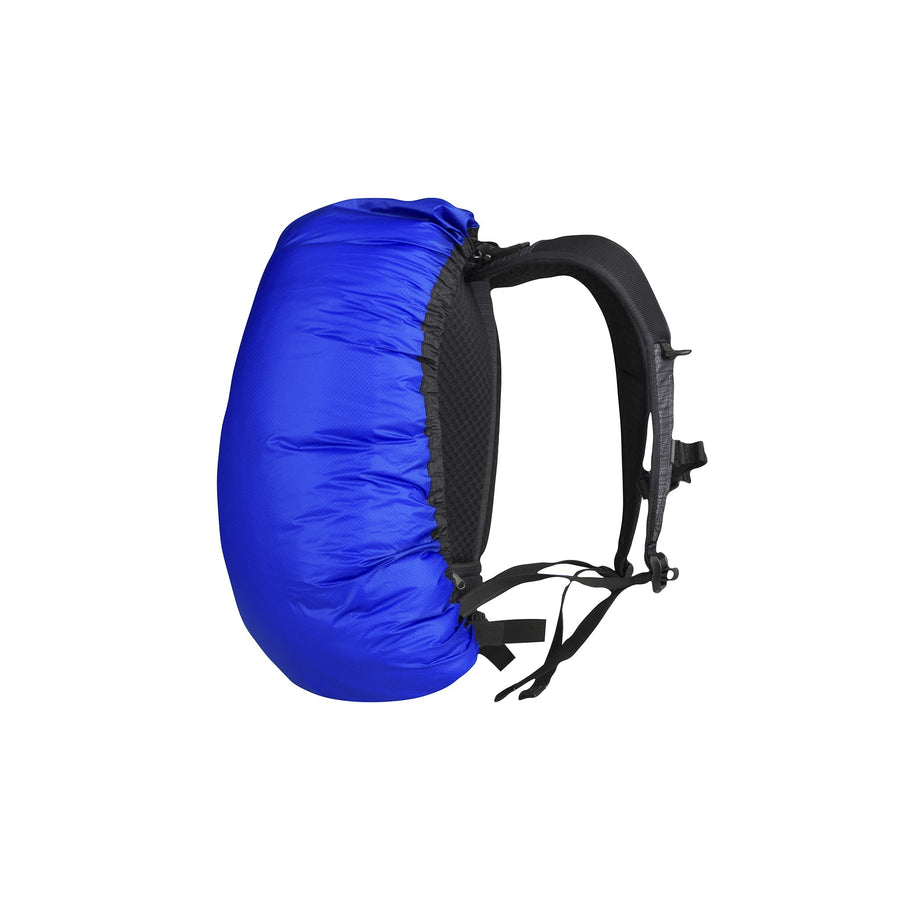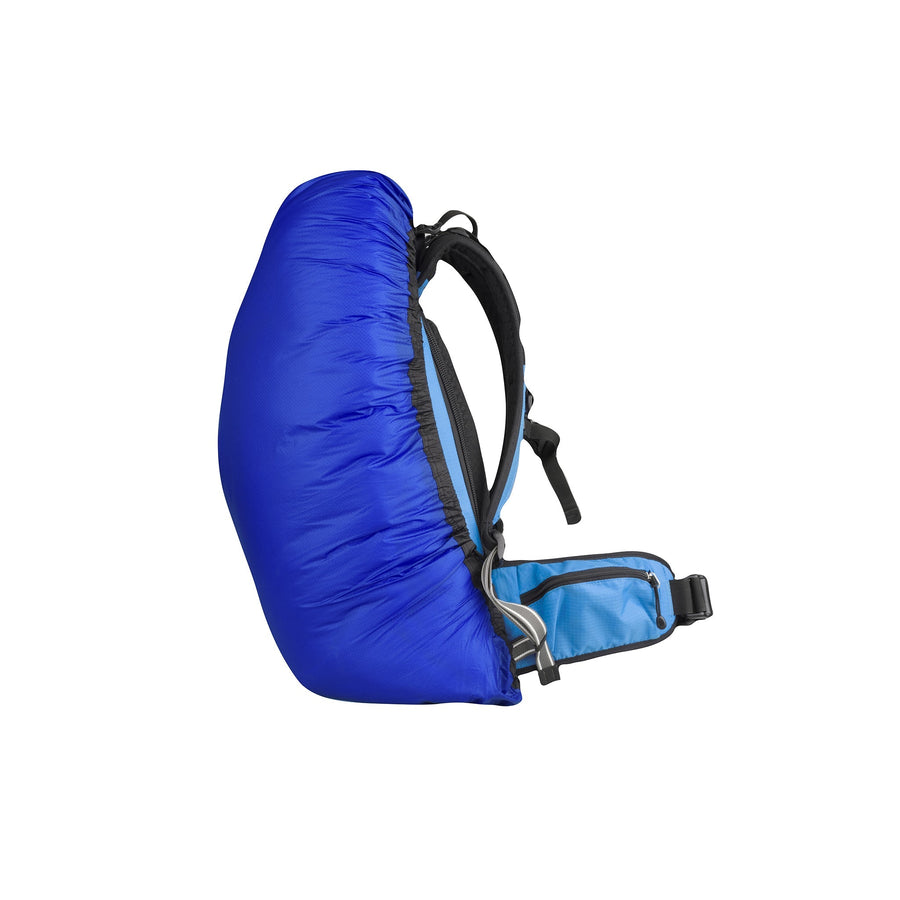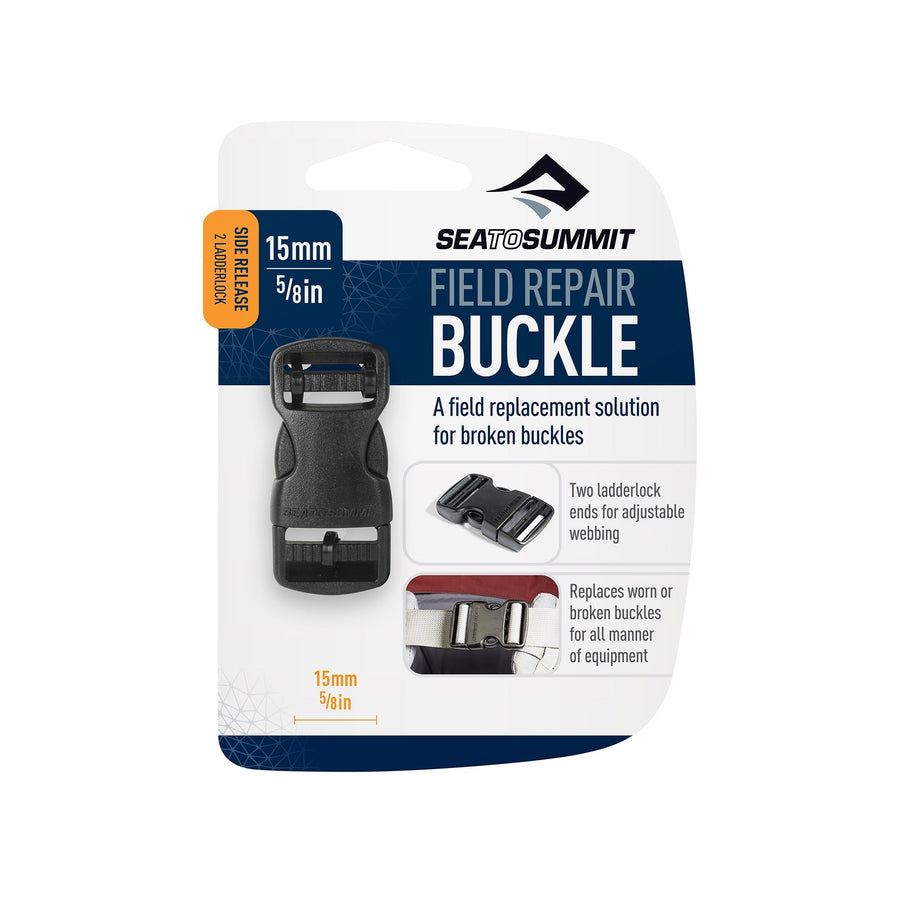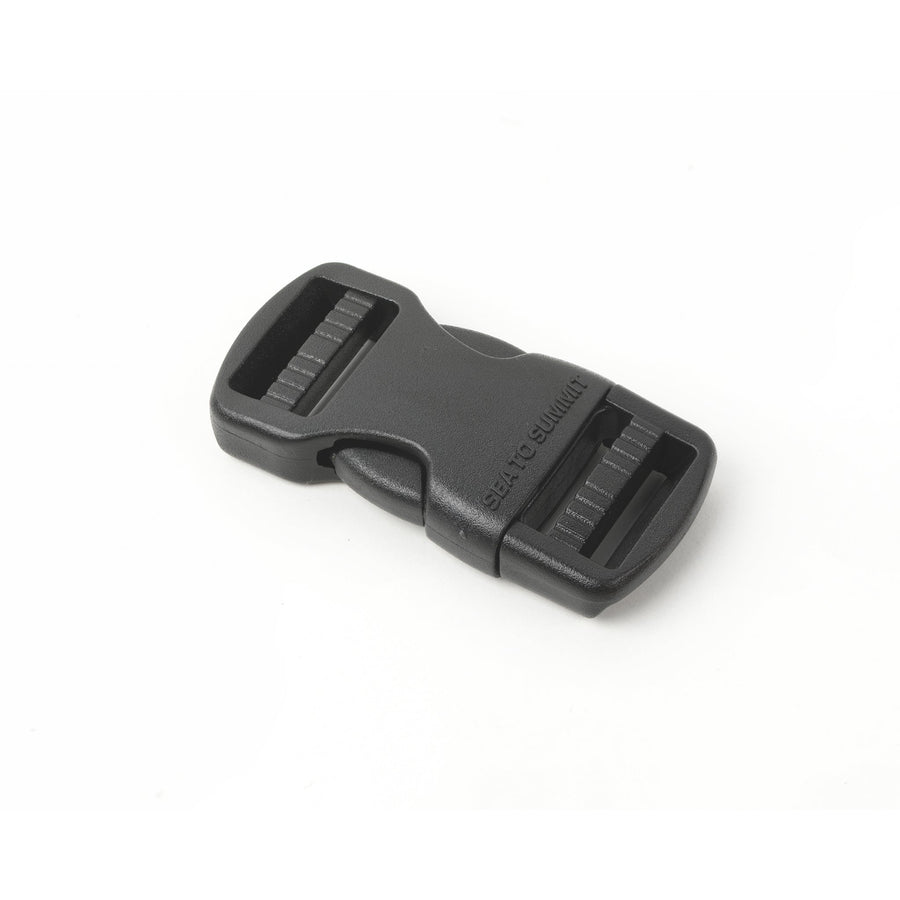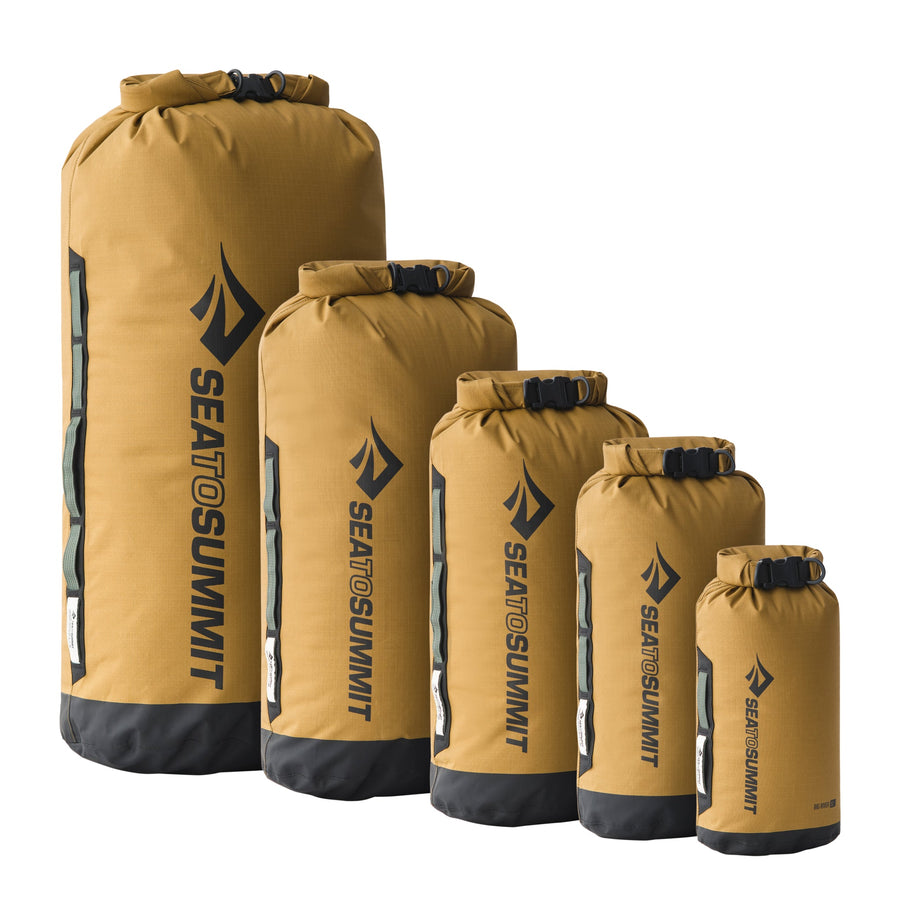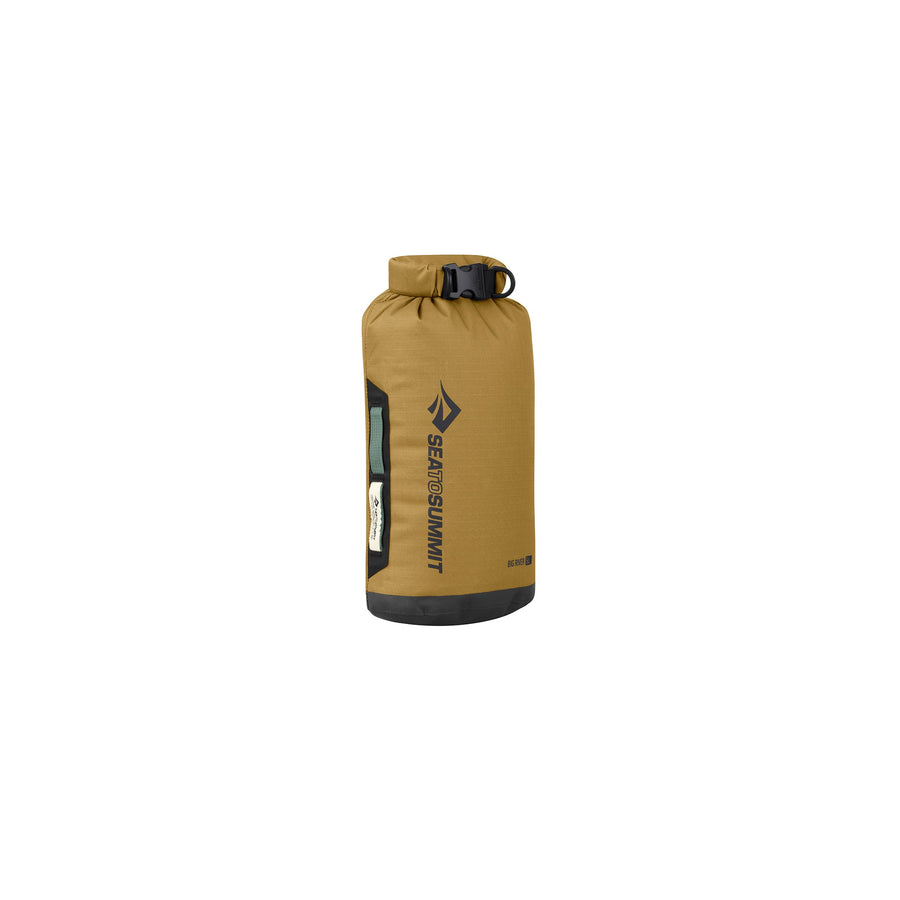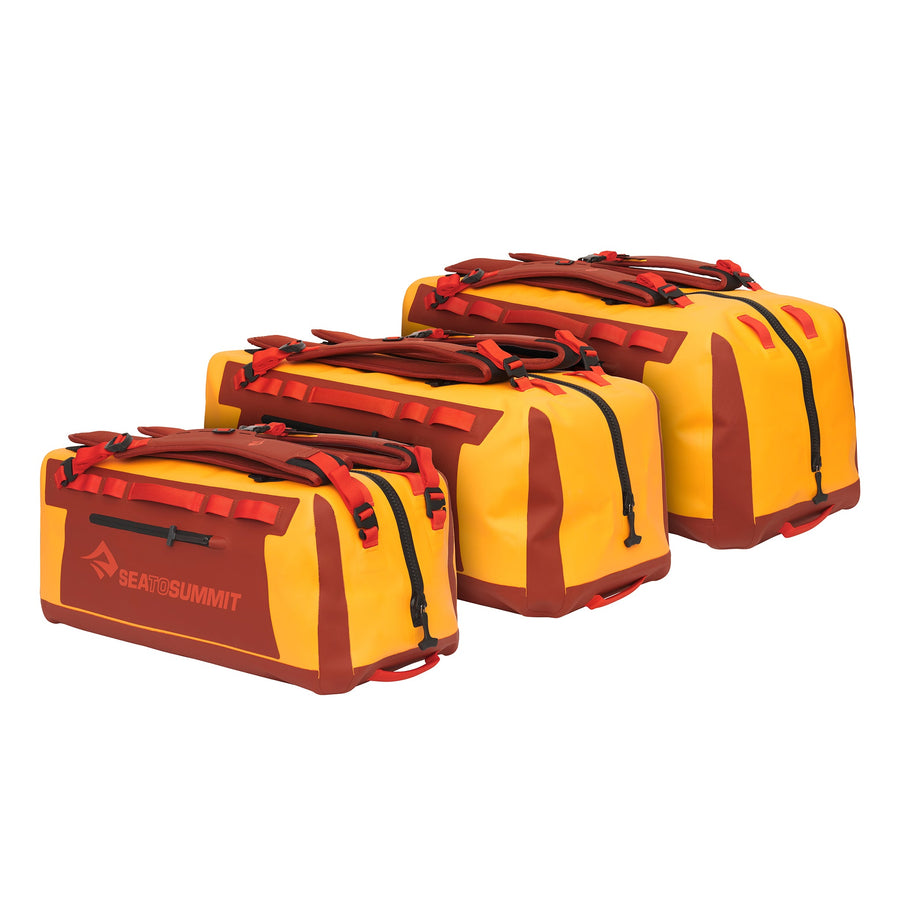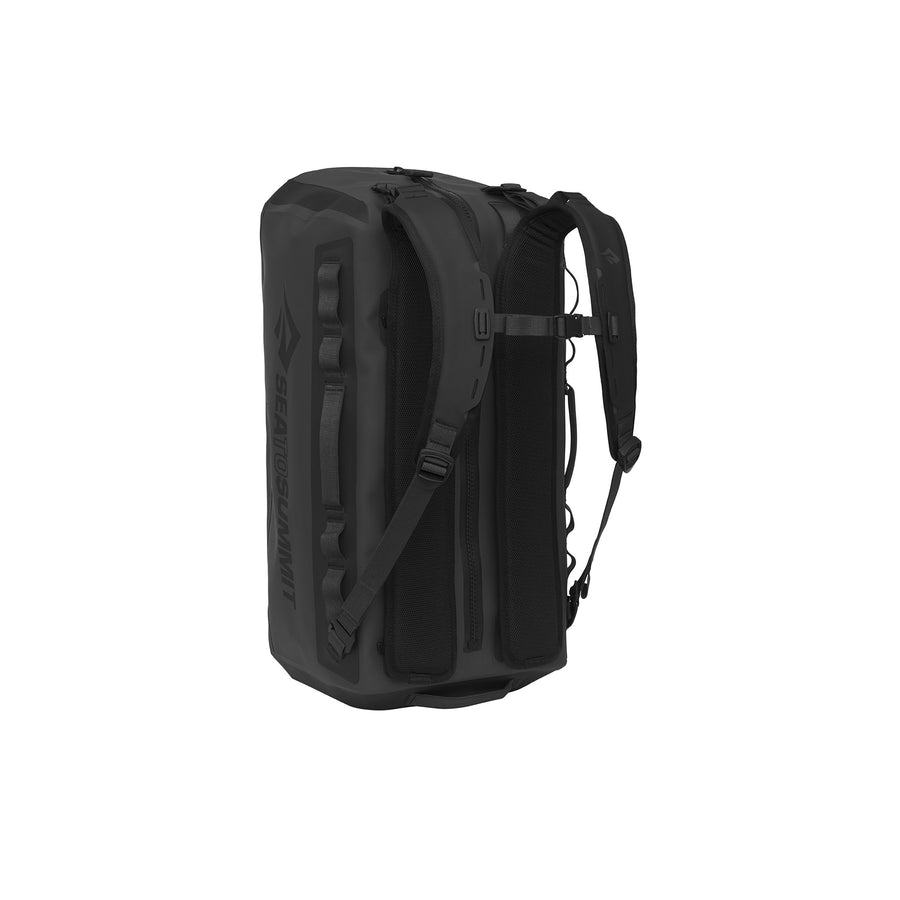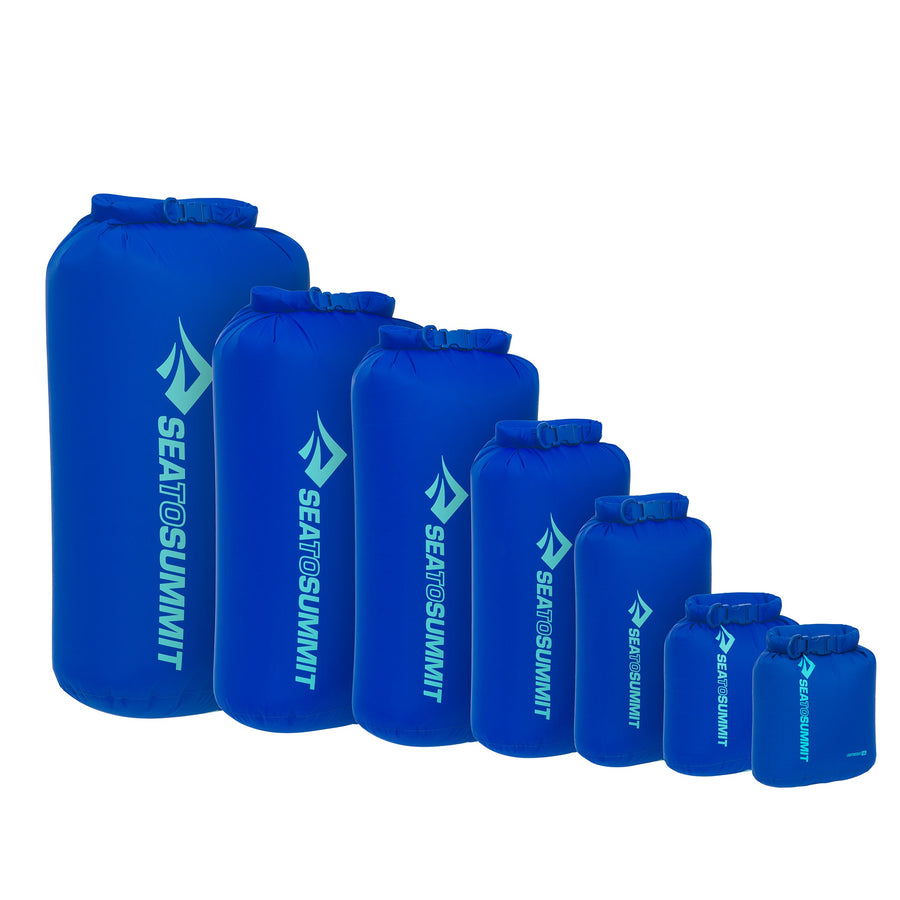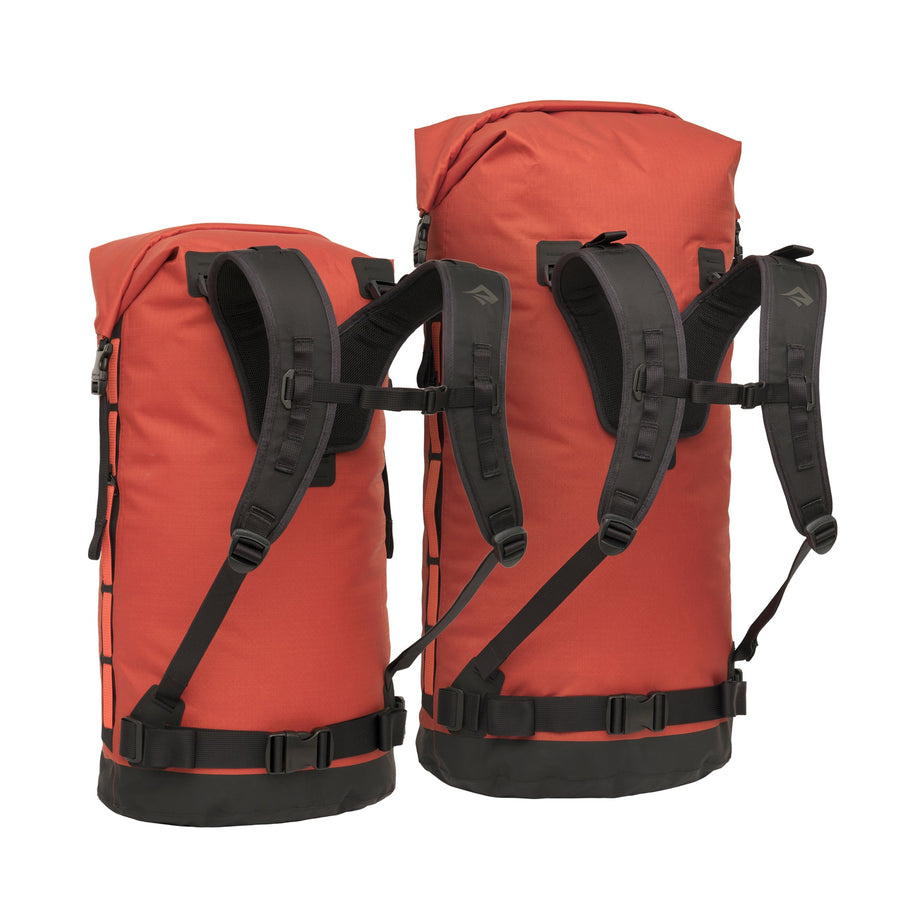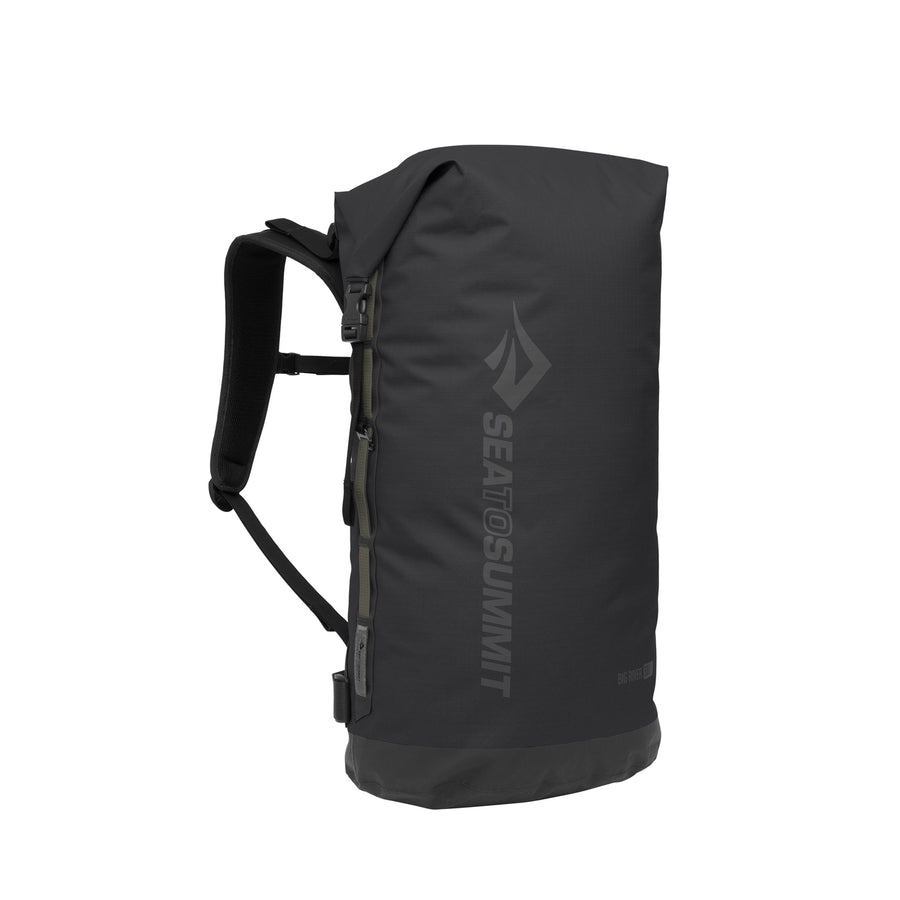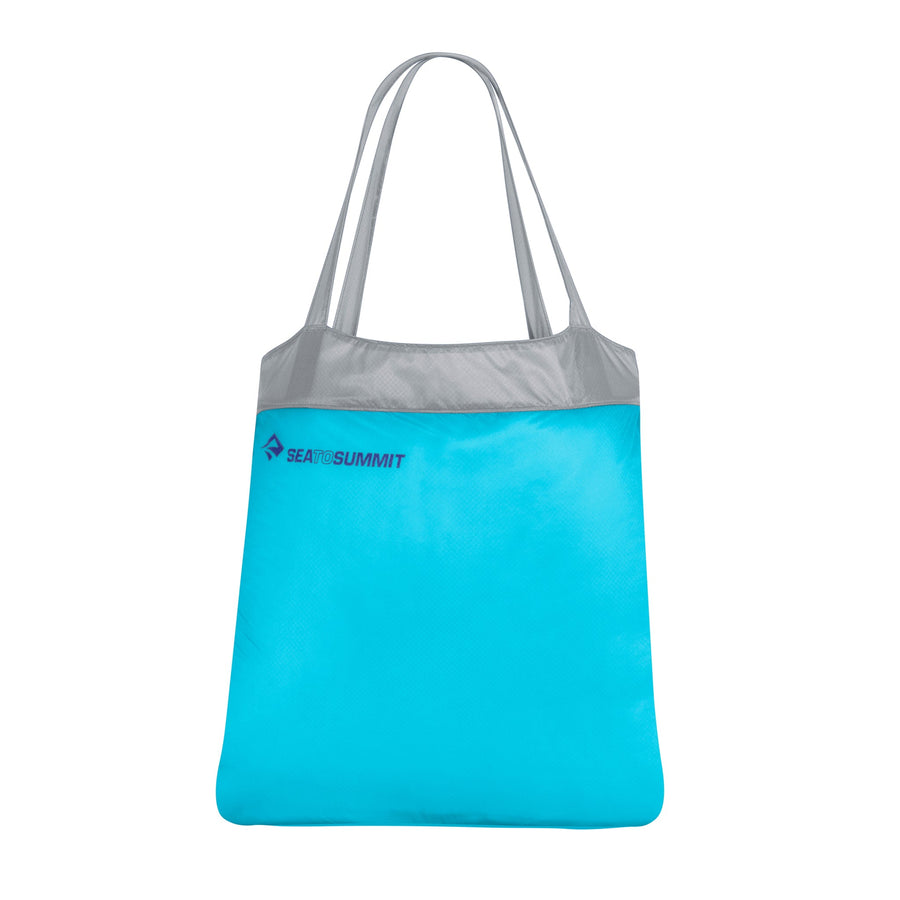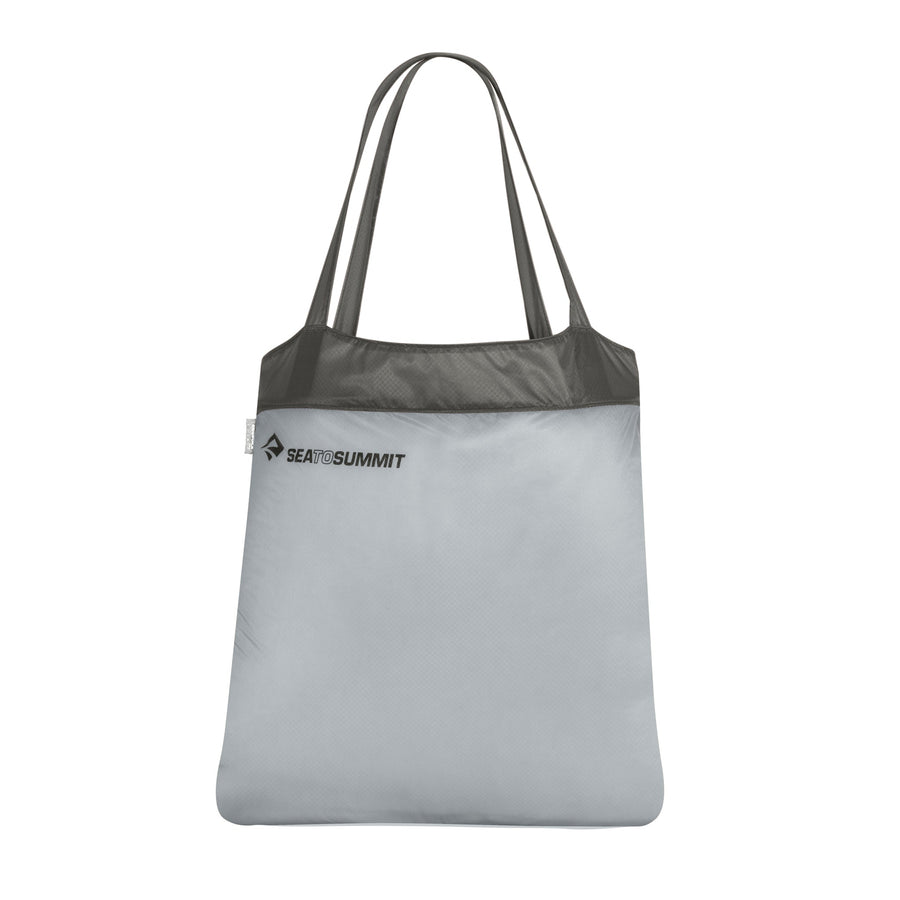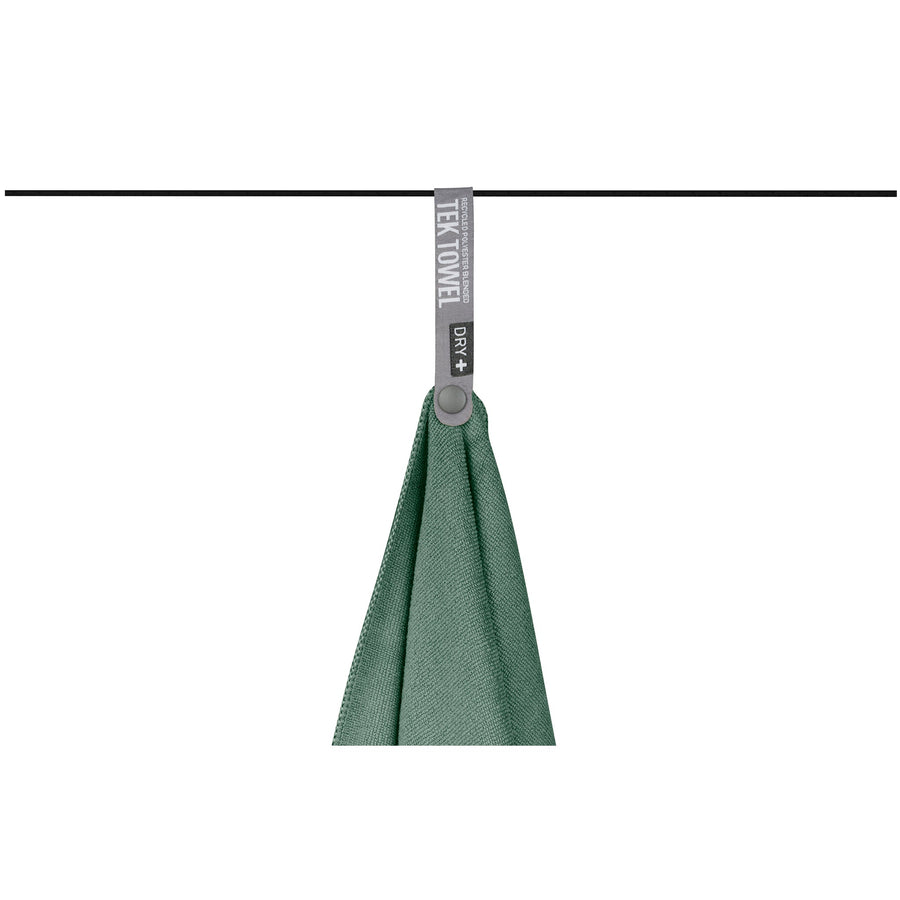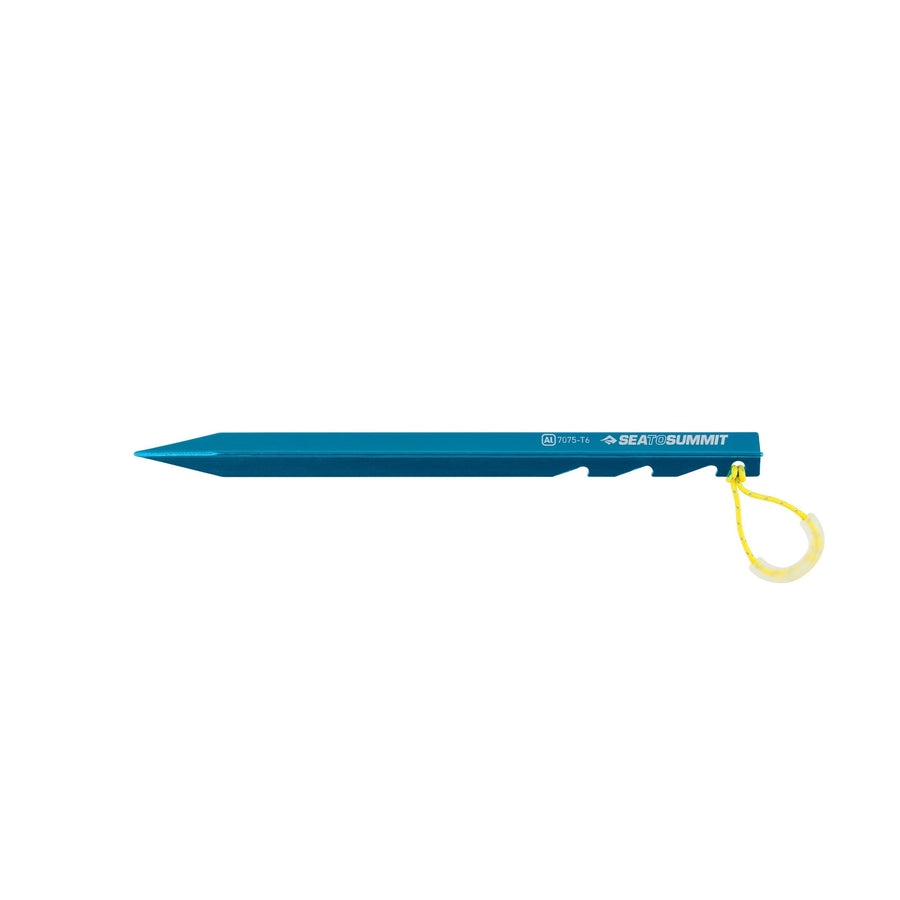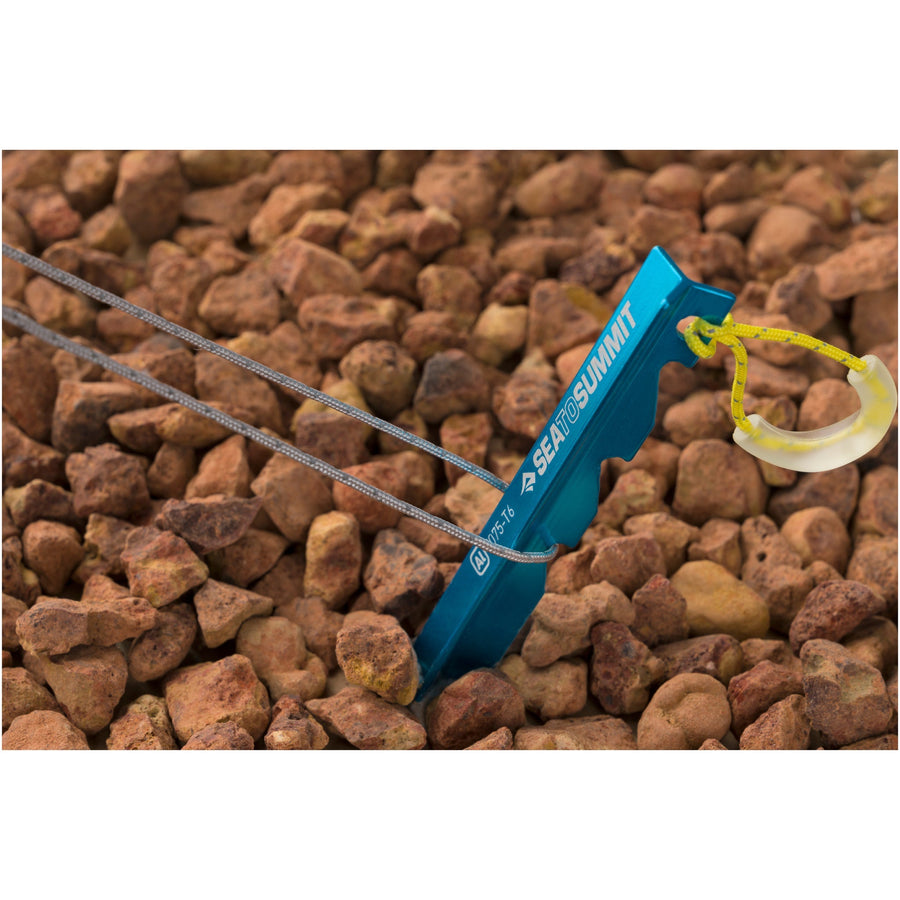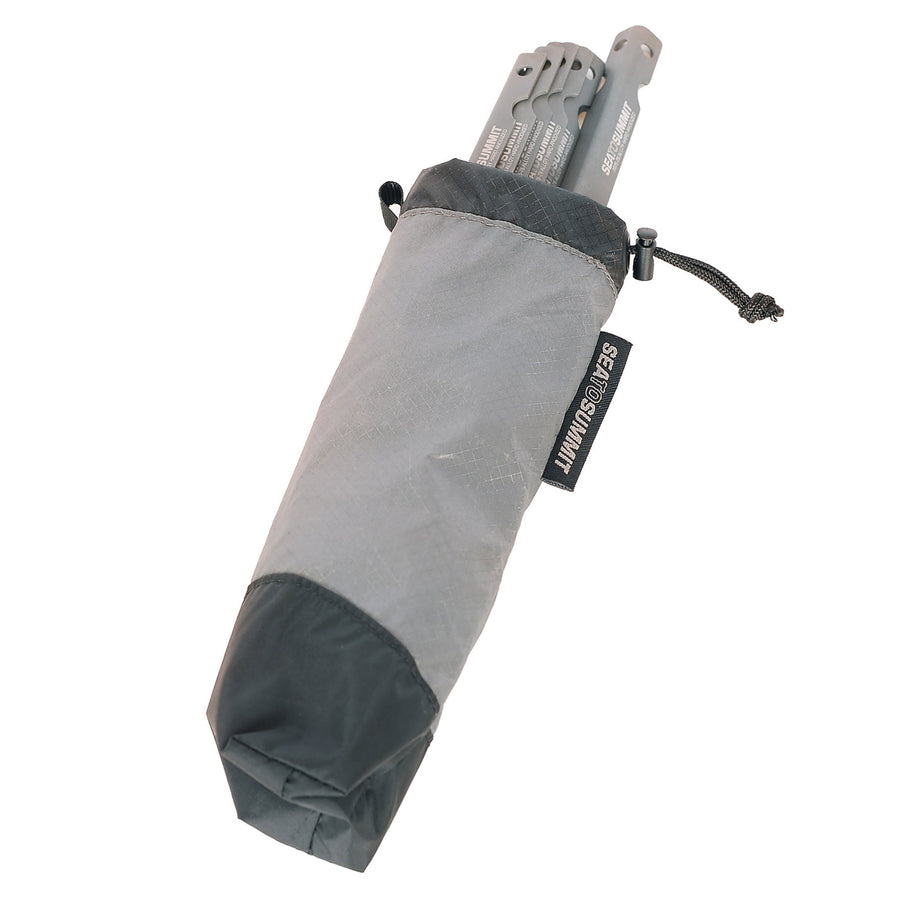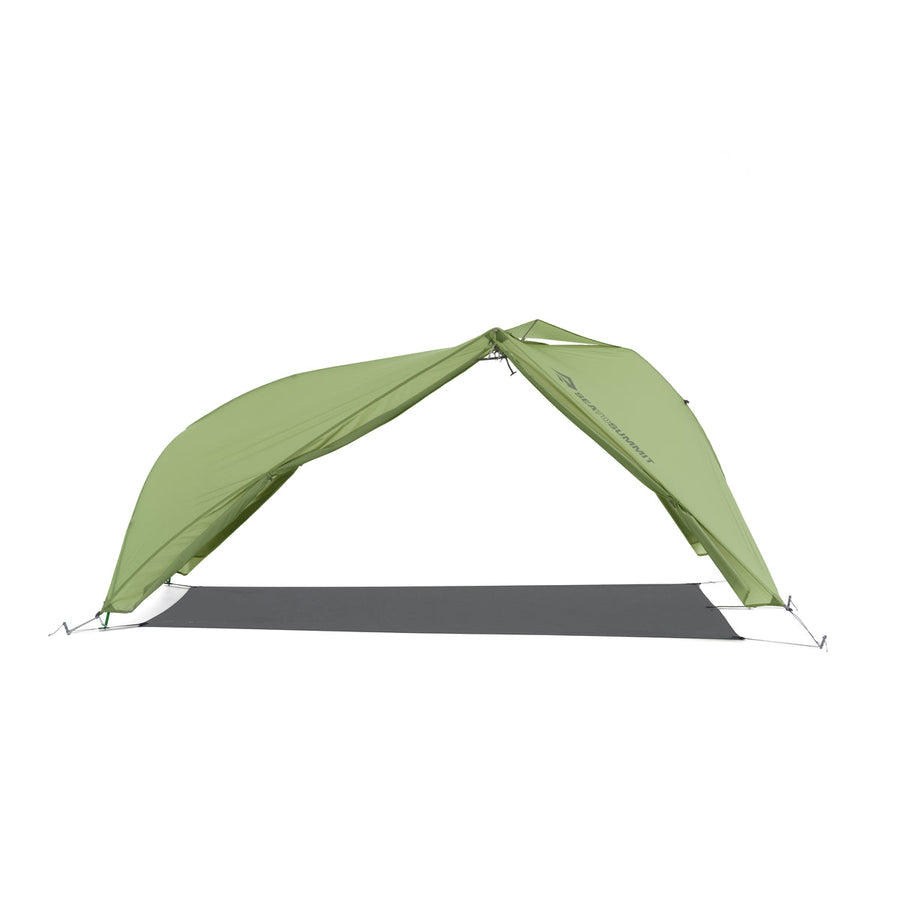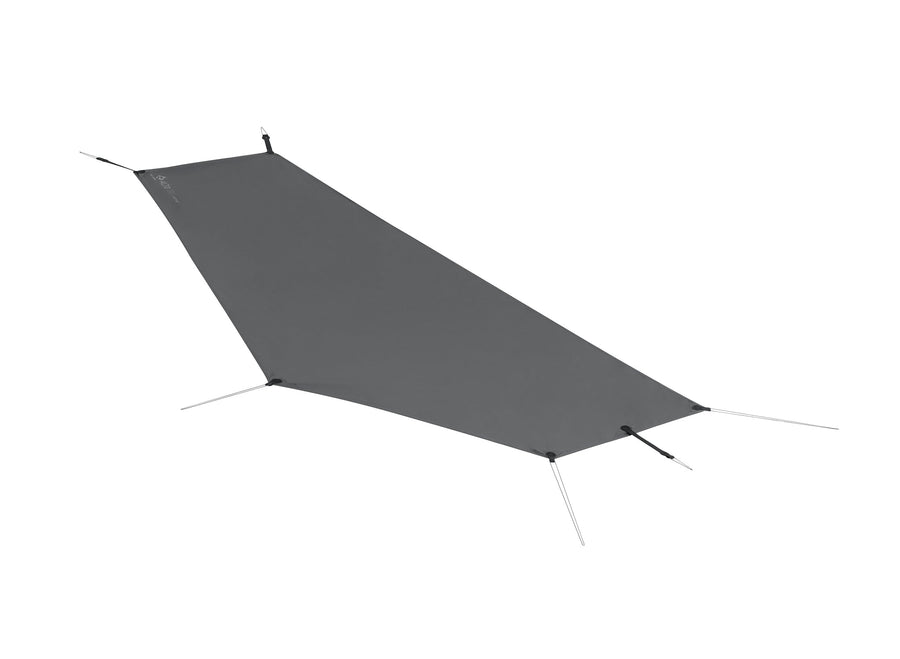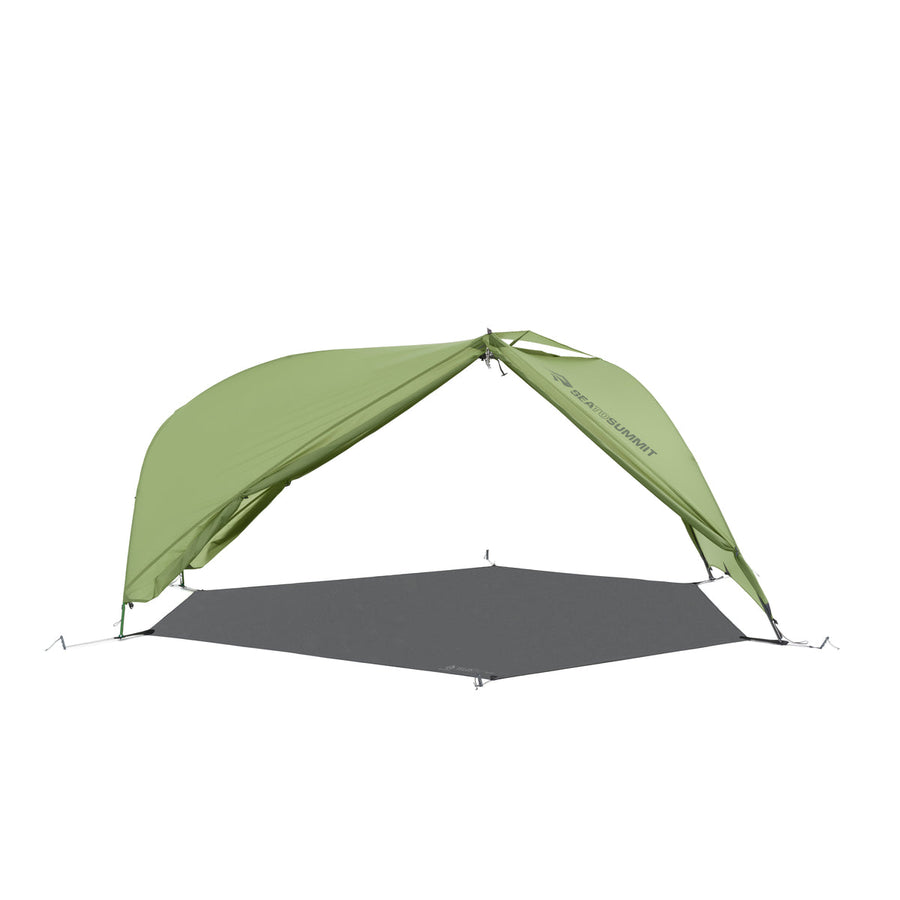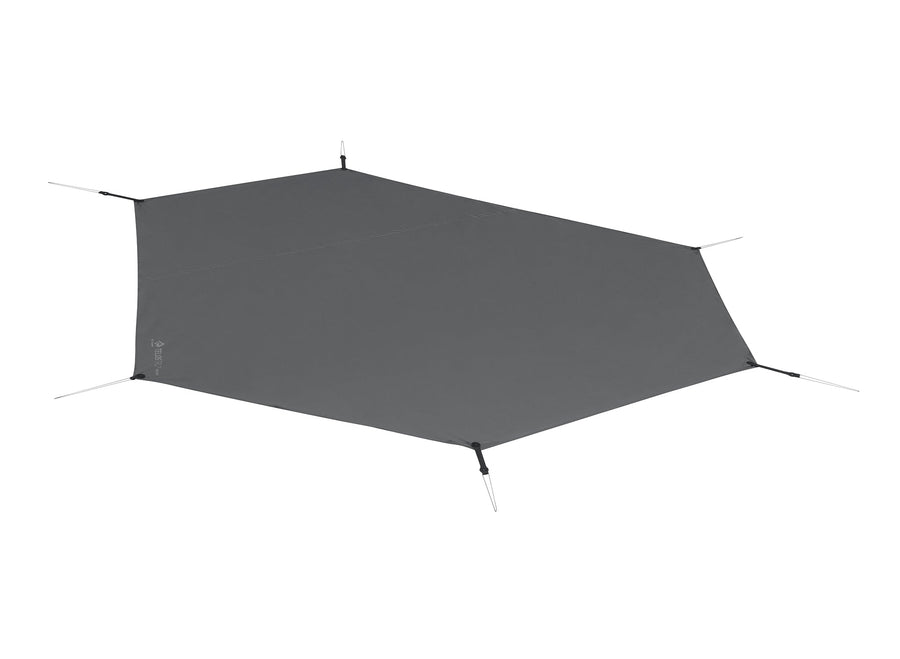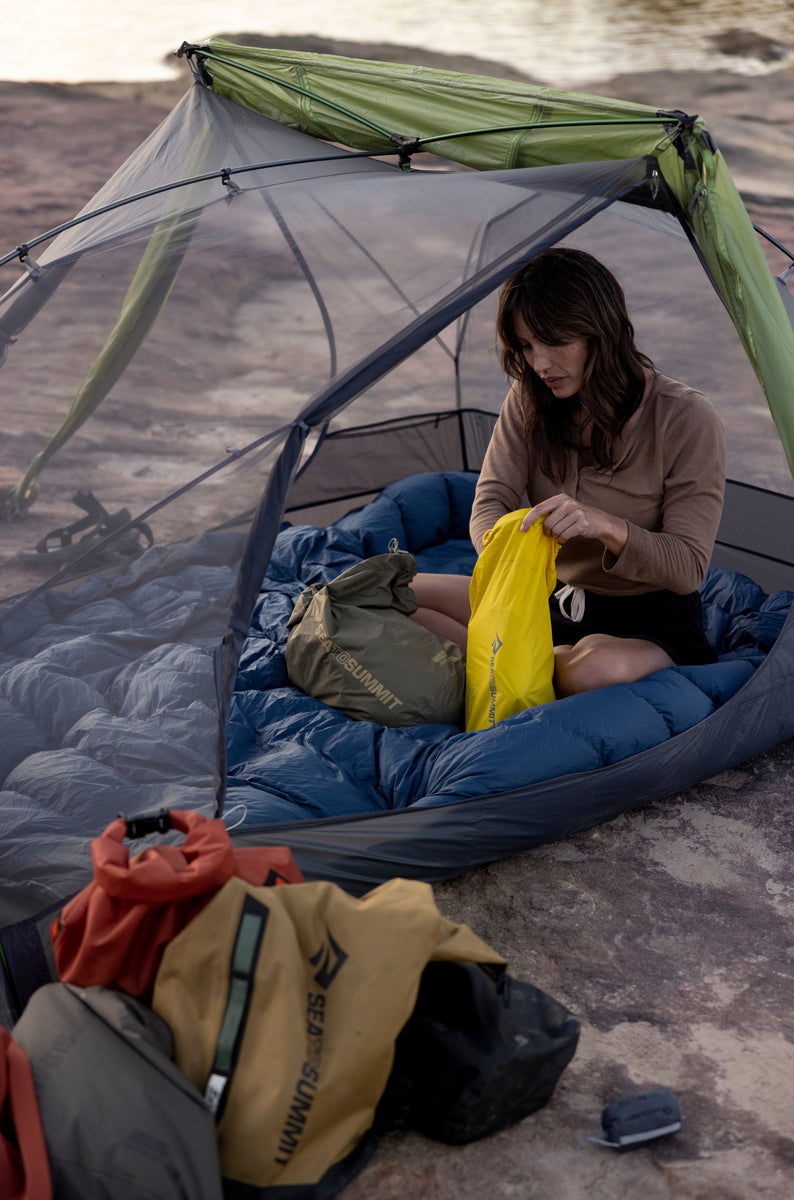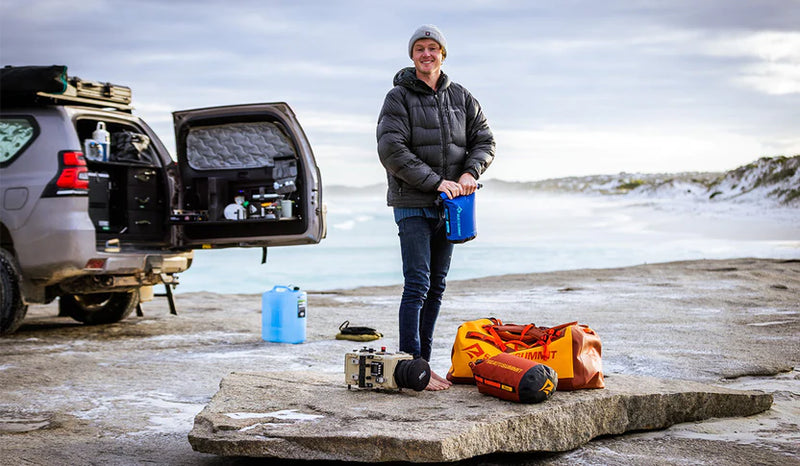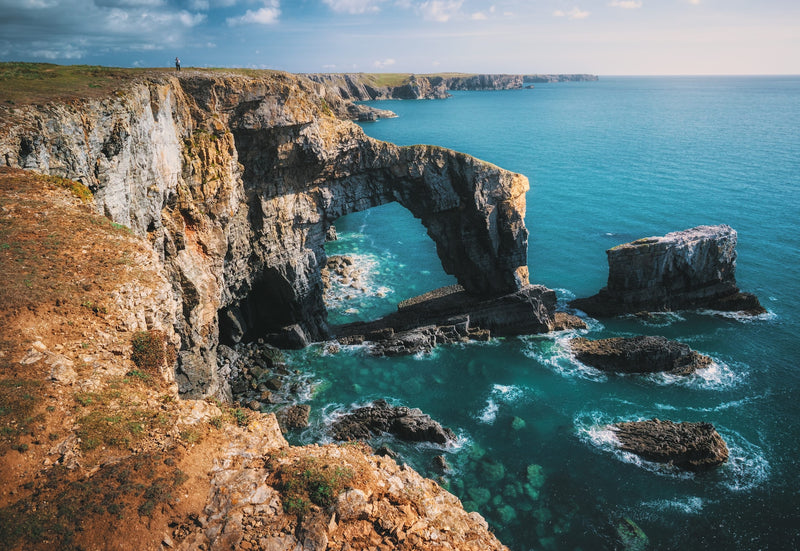Sleeping Bag Buying Guide
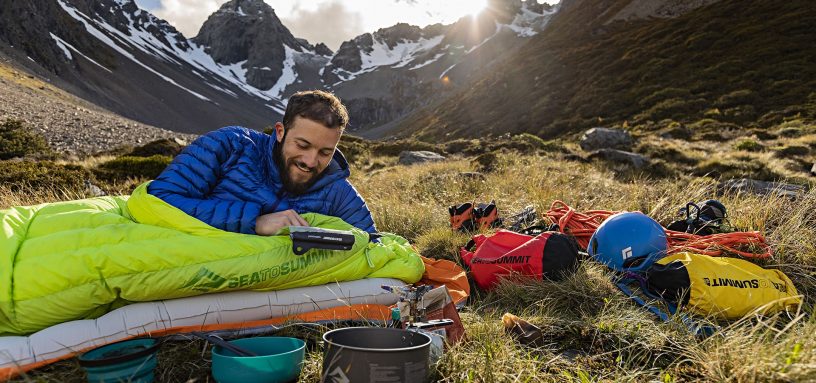
If you’re backpacking abroad, pitching your tent locally or attending a music festival, a good night’s sleep is essential when you’re camping.
One way you’re guaranteed to enhance your slumber is by purchasing a good sleeping bag. Ultimately, it will provide you with the rest you need for recovery and the energy you need when exploring the following day.
There’s a lot to factor in when looking for the best sleeping bag for your trip - from how you’re going to store and transport it, to how it will provide the optimum sleeping temperature. In this sleeping bag guide, we will list everything you should consider when choosing your camping sleep system.
How to Choose the Right Sleeping Bag
Along with your tent, a sleeping bag is one of the most crucial purchases you will be making for your trip. Purchasing the best sleeping bag for your trip very much depends on the weather, the season you’re camping in, the environmental conditions in which you’re staying and how you’re transporting your camping gear.
In general, your sleeping bag should have the right ‘warmth to weight ratio’ - the perfect balance of being space-saving and well insulated. One of the first things you should check is its material - the most common are down and synthetic.
Choosing Between Down or Synthetic Sleeping Bags
Synthetic Sleeping Bags
A synthetic bag will likely be heavier than a down sleeping bag - this is something you will need to consider if you’re on a backpacking trip. A synthetic sleeping bag tends to have a lower lifespan than a down sleeping bag too. However, it will probably cost less and can be more resilient to dampness and moisture.
Usually, more basic synthetic sleeping bags will be comprised of flat layers of insulation, whereas higher-quality bags will use layers sewn diagonally over one another (called shingles). At Sea to Summit, our sleeping bags have a bespoke construction that creates curves of insulation to trap extra air; this is called WaveLoft™.
Down Sleeping Bags
As a down sleeping bag is made with goose or duck feathers, they tend to have a fluffier consistency, contain more air and, ultimately, trap more heat. Usually, they are lighter to transport and can be compressed easier.
The downside to these types of sleeping bags is that they tend to be more expensive and are less effective than synthetic bags when wet. As these sleeping bags are made using feathers, these bags would also be unsuitable for vegans.
At Sea to Summit, our down sleeping bags have a different down-to-feather ratio depending on end use and warmth, with goose down generally being used in warmer bags.
What are the Different Types of Sleeping Bags?
With so many different types of sleeping bags on the market, it can be hard to know which type is most suited to your needs. Fortunately, sleeping bags can be categorised by a number of their features, one of the most important being their shape.
Rectangular Sleeping Bags

A rectangular sleeping bag is a traditional style of sleeping bag that is primarily used during warmer seasons. Usually not as tapered as a mummy-style bag, a rectangular bag offers great space and more space to stretch. The Ascent Aci 4°C is our most rectangular-shaped sleeping bag and also one of our highest-rated sleeping bags by customers.
Women's-specific Sleeping Bags

You may be wondering why women would need a specific sleeping bag. A sleeping bag may seem like a fairly unisex concept, but women’s sleeping bags actually require more insulation in the foot box (women lose heat in their extremities more than men).
As women and men tend to have different body shapes too, women’s sleeping bags need to have a broader cut in the hip area. Women also tend to curl up more and retain warmth differently than men, a sleeping bag that does not accommodate this movement may leave a female feeling cold.
You will find correct shaping, and women's specific levels/placement of insulation in our Altitude, Journey, Venture and Quest sleeping bags as these are the best sleeping bags for women.
Mummy-style Sleeping Bags

As named after the Ancient Egypt mummification process, Mummy-style sleeping bags are tapered at the feet. Like the Alpine ApIII -40°C, Mummy-style bags are designed to contour your legs and help keep you warmer by reducing how much air and space there is to circulate.
Double Sleeping Bags

Perfect for couples, a double sleeping bag is a two-person sleeping system that ensures you can still comfortably cuddle up with your partner.
The Basecamp BCII Double 7°C is ideal for sleepers who like to stretch out full length or curl up into a ball, the Basecamp™ provides versatile comfort for gear drops, car camping and day trips from base camp.
Other Features to Consider
Now you know the sleeping bag essentials, you can decide on what features work best for you. Sleeping bags will come with various attributes designed to improve your sleep, the most common are:
- Anti-Snag/Draft Tubes
A draught in your sleeping bag is enough to ruin a good night’s sleep. To prevent this, some sleeping bags will accommodate a draft tube - an insulated tube that runs alongside a sleeping bag zip to prevent heat loss and cold air from coming in.
For instance, our Trek TkIII -12°c has an oversized zipper draft tube that uses anti-snag materials to prevent the zip from catching and letting out warm air.
- Tapered Footbox
As aforementioned in What are the Different Types of Sleeping Bags? sleeping bags come in different shapes. For additional warmth and a more tailored fit, sleeping bags (like the Mummy-style) will feature a contoured footbox where your feet are placed, this minimises empty space and keeps your feet extra toasty!
- Hooded
These days, most high-quality sleeping bags will accommodate a hood as this provides an extra layer of warmth, especially where your head and neck lay.
Hooded sleeping bags, most commonly found on a Mummy-style sleeping bag, allow you to cocoon yourself when the temperature drops.
- Internal Security/Stash Pockets
Some sleeping bags, like the Journey JoI -2°c, will feature a large internal pocket, this is ideal for campers who want to keep valuables close by when asleep. You can also use the stash pocket to keep your batteries warm.
Understanding Sleeping Bag Temperature Ratings
Always remember to check the temperature rating when choosing your sleeping bag. You can generally assign temperature ratings to seasons or by anticipated temperatures.
We have an EN temperature rating assigned to all of our bags depending on which temperature range they’re best suited for: the temperature in the sleeping bag name is the stated low EN rating.
You can pick your sleeping bag and other camp sleep systems based on their suitability to warm and cool weather. Before purchasing, you should research the temperature of the place you’re visiting and buy accordingly.
Check the Pack Size and Weight
Keen travellers will know the importance of travelling light when backpacking. Whether your sleeping bag will be attached to your rucksack or tucked away in your luggage, it's worth checking the size and weight of your bag when it’s packed away.
Those that have minimal space are best choosing a down sleeping bag, as this has better compressibility than a synthetic kind.
If you need to create further space in your luggage, it’s worth purchasing an eVent Compression Dry Sack, not only will this reduce the size of your pack, but it will also keep your sleeping bag dry from any moisture.
To keep your entire sleeping system safe and dry in your pack you’ll need a dry storage option – depending on your preference and the environments you will find yourself in, you can also use an eVac Dry Sack or Ultra-Sil Compression Dry Sack.
Consider Where You Will Be Using Your Sleeping Bag
And finally, the country you’re visiting, the environment you’re staying in and the season you’re travelling during will all hugely influence your sleeping bag choice.
For example, if you are backpacking in the summer, you will need less insulation but also need to be mindful of the weight of your pack. Whereas backpacking during a colder season will need further consideration, as more insulation is required but you will still need to be mindful of your backpack weight, as you don’t want to be lugging around extra weight.
We’d recommend looking for a space-saving down sleeping bag in this instance. Our ultra-light and technical Spark™ Series bags are designed to keep you as warm as possible while minimising packed weight and size.
Building the Perfect Sleep System
For the best night's sleep possible, you’ll also need to consider your full sleep system which includes a sleeping mat, bag and liner. Not only will this provide additional layers of comfort, it will also enhance your entire camping experience, and crucially keep your energy bar filled.
At Sea to Summit, we have tried-and-tested sleeping mats, bags and liners that provide ultimate comfort and performance. Some of our top picks include:
Sleeping Quilts

Unlike a sleeping bag, a sleeping quilt doesn’t wrap around your body (unless you want it to) and it provides freedom to stretch. When the thermostat rises, use your outdoor sleeping quilt (like our Ember EbI 10°c Double Quilt) like your quilt at home and allow your feet and arms freedom to cool you down.
When the temperature drops, a drawcord can be cinched tight to create a foot pocket and a strap and press-stud system used to secure your mat to the quilt, keeping heat loss to a minimum.
Sleeping Bag Liners

The role of a sleeping liner is to enhance the temperature of your sleeping bag. For example, our Thermolite® Reactor Extreme sleeping liner increases sleeping bag performance by up to 15°C with its super-insulating 110g/m² Thermolite® fabric.
The spacious design is slightly tapered from head to foot to reduce weight and increase thermal efficiency, and the drawcord hood can be cinched down for extra warmth when required.
Camping Pillows

A pillow is an essential component in getting a good night’s sleep, especially when camping. Unfortunately, with limited luggage space, you can’t afford to bring your memory foam pillow from home.
You can have the next best thing though, as our Aeros Ultralight Pillow has curved internal baffles that create contours that cradle your head. Those with minimal space needn’t worry about taking up too much room as the ultralight pillow can be packed away into a neat, small stuff sack.
Pair your perfect sleeping bag with the right camping gear…
Be prepared for your camping trips any time of the year with the right equipment. At Sea to Summit, we specialise in lightweight tents, sleeping bags and a wide range of camp kitchen essentials designed to make your trip as enjoyable as possible. Browse the full collection and update your camping kit ahead of your next adventure.
Don’t forget to tag #seatosummituk in your social media posts when you’re exploring so we can share your experience and see how your camping trip went.
